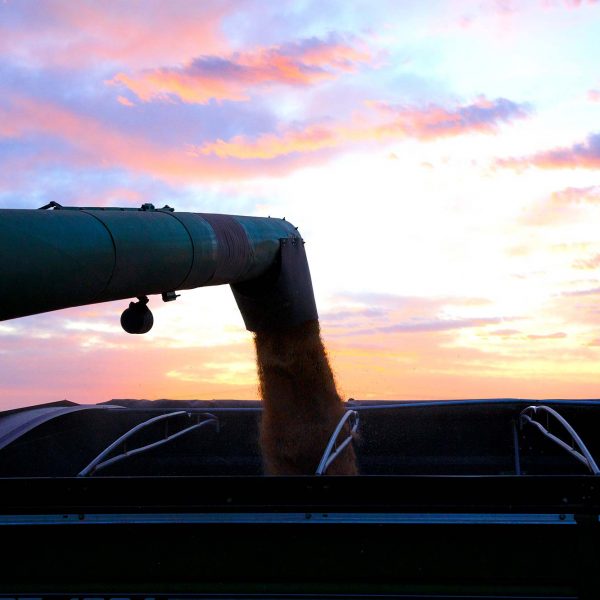
Minimizing Fertilizer Costs
By Sorghum Checkoff Agronomy Director Brent Bean, Ph.D.
In response to the recent spike in fertilizer prices, sorghum growers will likely be looking for ways to minimize costs. Although sorghum is considered a lower input cost crop compared to others, it does require adequate nutrients to reach acceptable yield goals.
The first step with phosphorus is to make sure that the nutrient is available to be taken up by the plant. This means the soil pH should be above 5.8, and preferably above 6. To offset the effect of a low soil pH or to conserve on the amount of phosphorus fertilizer that is needed, apply phosphorus in or close to the seed furrow or in a narrow band a few inches to the side and a couple of inches deep into the soil. By concentrating the phosphorus, the nutrient has less opportunity to become “tied up” by the soil. The general thinking is that the phosphorus rate can be cut in half by applying in a narrow band compared to a broadcast application.
The rule of thumb for sorghum nitrogen requirement is 1.12 pounds of nitrogen per bushel of grain. However, growers should take into account any available soil residual nitrogen. This means soil testing is a must! Sorghum will easily use nitrogen from at least three feet in the soil profile. It can be surprising how much available nitrogen is in that second and third foot of soil. The most efficient way to supply nitrogen is to apply no more than 50 percent of the nitrogen needed pre-plant. Apply the remaining nitrogen in two applications– as a starter mixed with phosphorus and maybe sulfur and then as an in-season application during the growing season. The in-season application should be made 30 to 45 days after emergence. By splitting the nitrogen fertilizer into multiple applications, the total amount of nitrogen applied can be adjusted to match a changing yield goal based on current and expected environmental conditions—particularly rainfall.
Late In-Season N Application
Brian Arnall, Ph.D., and his team at Oklahoma State University, have been examining in-season N application timing in sorghum. The study compares applying all the nitrogen pre-plant versus application at different time’s in-season. Surprisingly, application of nitrogen could be delayed much later than I would have thought without hurting yield; however, delayed application did increase the maturity time of sorghum. The yield results of the study are presented below. Also, Dr. Arnall discusses the study in this 15-minute video: Delayed N Application in Sorghum and Wheat.





